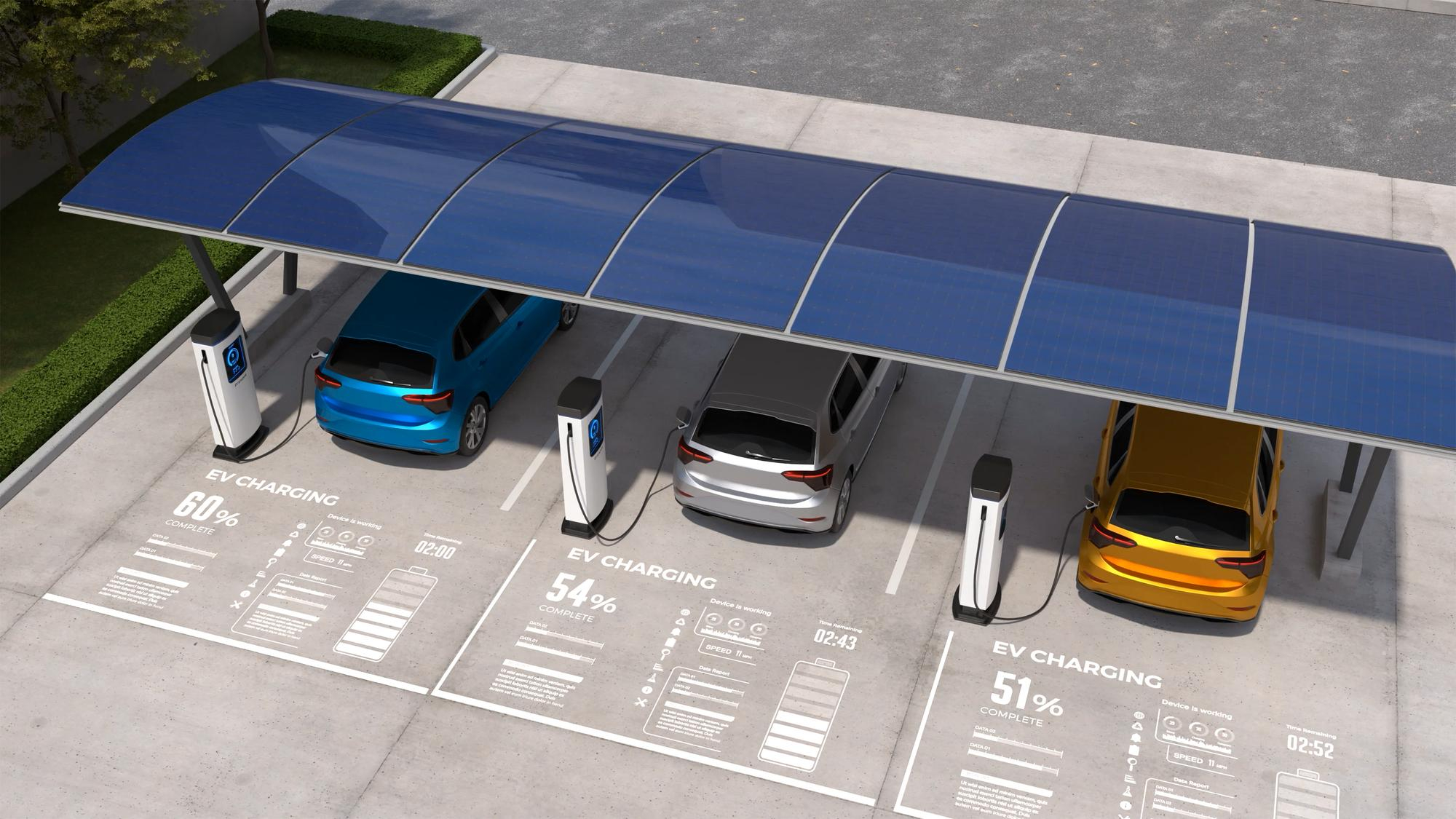Fleet Electrification: Key Trends, Challenges, and Future Insights

Fleet electrification cuts costs and emissions, and with government incentives easing upfront expenses, the shift to clean energy is now within reach.
Fleet Electrification: Paving the Way for the Future
Fleet electrification is rapidly transforming the transportation industry. From cutting-edge EV fleet technology to the expansion of charging infrastructure, businesses are increasingly adopting electric vehicles (EVs) to enhance efficiency and sustainability. This post delves into the latest trends, technological advancements, and economic benefits of fleet electrification, providing you with actionable insights to navigate this exciting journey.
The Rise of Fleet Electrification
The adoption of electric vehicles in fleets is accelerating across various industries. As companies like Amazon and DHL integrate hundreds of electric delivery vans into their operations, the shift towards electrification is undeniable. Fleet managers are recognizing the advantages of transitioning to EVs, driven by factors such as reduced fuel costs and lower emissions. In countries like Norway, nearly 60% of new vehicle registrations are electric, highlighting a global trend that is gaining momentum. The expansion of EV fleet technology is enabling businesses to optimize operations and reduce theirc arbon footprint.
Advancements in EV Fleet Technology
The rapid advancements in EV fleet technology are a key driver of fleet electrification. Modern batteries now offer longer ranges and faster charging times, addressing concerns about operational efficiency and vehicle downtime. New EV models are being tailored to meet the specific needs of various industries, offering versatility and performance. For instance, Rivian’s electric vans are gaining traction for their impressive range, which is crucial for delivery services aiming to cut emissions. Additionally, the integration of smart technologies in EVs allows for real-time fleet management, route optimization, and predictive maintenance, enhancing the overall efficiency of fleet operations.
Charging Infrastructure Expansion: The Key to Success
A robust charging infrastructure is essential for the widespread adoption of electric fleets. The expansion of charging networks is underway, with innovations such as wireless charging and ultra-fast stations making it easier to keep EVs powered. Government initiatives, like the Biden administration’s plan to build 500,000 EV charging stations across the U.S.,are pivotal in supporting this growth. As charging infrastructure expands, businesses will find it increasingly viable to transition to electric fleets, ensuring continuous operation and minimal downtime. Explore more about charging infrastructure expansion and its impact on fleet electrification.
Economic Benefits of EVs: Why Fleets are Making the Switch
The economic benefits of fleet electrification are significant.Electric vehicles offer considerable cost savings, primarily through reduced fuel and maintenance expenses. Additionally, government incentives and subsidies make the transition to EVs more affordable for businesses. For example, the UK’s Plug-In Van Grant provides financial support to companies investing in electric vehicles. Beyond the immediate cost savings, fleets that adopt EVs contribute to long-term environmental sustainability by significantly reducing greenhouse gas emissions. Learn more about the economic benefits of EVs and how they can enhance your fleet’s efficiency.
The Future of Autonomous Electric Vehicles
The future of fleet electrification is closely tied to the development of autonomous electric vehicles. The integration of autonomous technology in EVs is set to revolutionize fleet management. Imagine a fleet of self-driving electric delivery vans—this scenario is becoming increasingly plausible as technology advances. Autonomous electric vehicles offer the potential to further reduce operational costs and improve efficiency by eliminating the need for drivers. The combination of EV fleet technology and autonomy will shape the future of transportation, making fleets more efficient, sustainable, and cost-effective.
Steps to Electrify Your Fleet
Ready to start your fleet electrification journey? Here’s how to begin:
1. Assess Your Fleet Needs: Conduct a comprehensive analysis of your current fleet’s usage patterns and operational requirements to determine the suitability of electrification.
2. Explore EV Models and Technologies: Research the latest EV fleet technology and models, considering factors like range, charging time, and total cost of ownership.
3. Plan Your Charging Infrastructure: Identify strategic locations for charging stations and plan necessary electrical upgrades to support your fleet’s operations.
4. Leverage Economic Benefits: Investigate available grants, incentives, and subsidies that can help offset the initial costs of electrification.
By following these steps, you can create a streamlined and effective plan for transitioning to electric vehicles, ensuring long-term sustainability and efficiency.
Fleet electrification is not just a trend—it’s the future of transportation. Staying informed about the latest EV fleet technology, understanding the benefits of charging infrastructure expansion, and recognizing the economic advantages willposition your business for success. Start planning today and set your fleet on the path to a sustainable future. Contact PxtIS for expert consultation on fleet electrification and EV technology.




